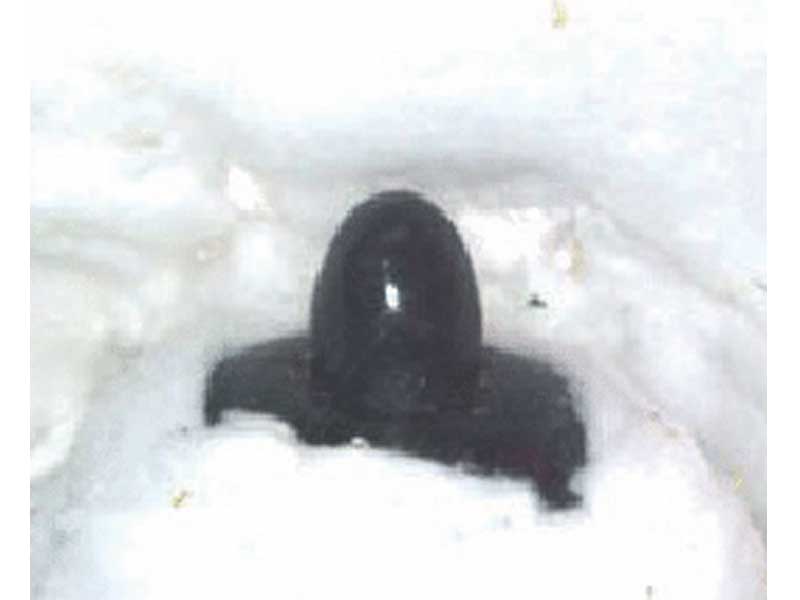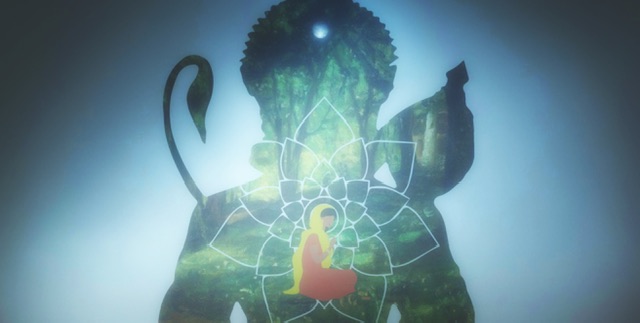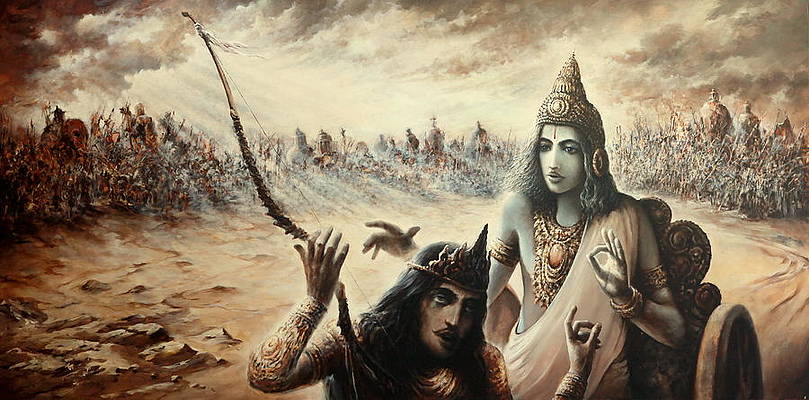Centuries ago Lord Shiv is said to have revealed himself to his true devotees in the form of a jyoti or a light. On their request for Him to reside by them for an eternity, He installed Himself near them, as a linga, which is now known as Jyotirlinga.
In this series of articles we will take you through the 12 Jyotirlingas as described in the following sanskritsloka (Dwadasha Jyotirlingum Strota) –
सौराष्ट्रे सोमनाथं च श्रीशैले मल्लिकार्जुनम्।
उज्जयिन्यां महाकालमोङ्कारममलेश्वरम्॥
परल्यां वैद्यनाथं च डाकिन्यां भीमशङ्करम्।
सेतुबन्धे तु रामेशं नागेशं दारुकावने॥
वाराणस्यां तु विश्वेशं त्र्यम्बकं गौतमीतटे।
हिमालये तु केदारं घुश्मेशं च शिवालये॥
एतानि ज्योतिर्लिङ्गानि सायं प्रातः पठेन्नरः।
सप्तजन्मकृतं पापं स्मरणेन विनश्यति॥
एतेशां दर्शनादेव पातकं नैव तिष्ठति।
कर्मक्षयो भवेत्तस्य यस्य तुष्टो महेश्वराः॥:
द्वादश ज्योतिर्लिंग स्तोत्रम्
Situated on the Kedar mountain in the Rudra Himalaya range at a height of 12000 feet, the Jyotirlinga of Kedarnath is among the holiest pilgrimages for a devout Hindu.
The deity at Kedarnath Temple is identified with the hump of a bull, a form assumed by Lord Shiv, while eluding the Pandavas, who had come for repentance for killing their kith and kin, in the great battle of Kurukshetra. When the Pandavas followed Lord Shiv, who had assumed the form of a bull, he dived into the ground, leaving behind a hump on the surface. This projection is worshipped as the idol in the shrine. The remaining parts of the body are worshipped at four other sites – Tungnath (the bahu – arms), Rudranath (the much – face), Madmaheshwar (the nabhi – navel) and Kalpeshwar (the hair). These five shrines collectively are known as the Panch Kedar.
The temple structure is an imposing sight, standing in the middle of a wide plateau surrounded by lofty snow covered peaks. The present temple, built in 8th century AD by Adi Shankaracharya, stands adjacent to the site of an earlier temple built by the Pandavas. The inner walls of the assembly hall are decorated with figures of various deities and scenes from the scriptures. Outside the temple door a large statue of Nandi guards the temple.
According to legend, Nara and Narayana, the two incarnation of Lord Vishnu, performed severe penance in Badrikashraya of Bharat Khand, in front of a Shivalingam fashioned out of earth. Pleased with their devotion, Lord Shiv appeared in front of them and gave them a wish. They requested Lord Shiv to take up permanent abode as a Jyotirlingam at Kedarnath so that all people who worship Lord Shiv could be freed from their miseries.
Yet another popular legend holds that Goddess Parvati worshipped Kedareshwar in order for her to unite with Lord Shiv as Ardhnarishwara.
The entire Creation is held by Lord Shiv and for the intellectual mind, I would like to bring it up that the recent landslide at Uttarakhand, where thousands of people died and many homes were razed to the ground, the temple of Kedarnath stood because a big boulder lodged behind the temple prevented any deluge or landslide from desecrating the temple. Similarly at Pashupatinath temple in Nepal, nearly the entire area was razed to ground, but the temple stood still. I don’t think any more proof is required of the power of Lord Shiv…
During winter due to heavy snowfall, the Temple is closed and no one stays in Kedarnath. For six months (November to April) the Palki with the utsava murti of Lord Kedarnath is transferred to a place near Guptakashi called Ukhimath.
Other Places of Interest
Other than Kedarnath temple, on the eastern side of the town is Bhairava temple. The deity of this temple, Bhairava, is believed to protect the town during winter months. About 6 km upstream from the town lies Chorabari Tal, a lake cum glacier also called Gandhi Sarovar. Near Kedarnath, there is a cliff called Bhairav Jhamp, from where pilgrims used to jump to death and this practice was banned in the 19th century.
Getting There
Kedarnath is located at a distance of 223 km from Rishikesh in Uttarakhand. The nearest airport is the Jolly Grant Airport in Dehradun. There are two ways to reach the town.
- The Traditional Trek – A 17km trek on paved bridle path or on horses or palanquin service which are available on rent from Gaurikund. Gaurikund is connected by road from Rishikesh, Haridwar, Dehradun and other known hill stations of Garhwal and Kumaon regions in Uttarakhand.
EDITOR’S NOTE
For the benefit of mankind Adidev Mahadev Shiv blesses 12 shivlings with his divine light. The proof of Lord Shiv’s power is evident from the fact that despite being invaded by every possible community and race all 12 Jyotirlingas still stand intact; each Jyotirlinga blessing the created world with a unique energy. We shall make an honest attempt to delve into this aspect of Hindu Gods.
A word of caution here, the Jyotirlingas and any other place of pilgrimage are vortices of energy, places where rishis and munis have performed penance and concentrated the shakti of their tapobal. These are neither picnic spots nor wishing wells, and must only be visited for the purpose of sadhna as guided by one’s Guru. These are places to open up the blocks in one’s sadhna and untie the bondages of maya, visiting them with the desire for physical (maya) or entertainment only leads to a mismatch in energy of the visitor and the place, and may have adverse effects.The various calamities that happen at such places are ample proof of this. These places are for vairagya and moksh, not for fun and games.






Very good explanation especially for last section